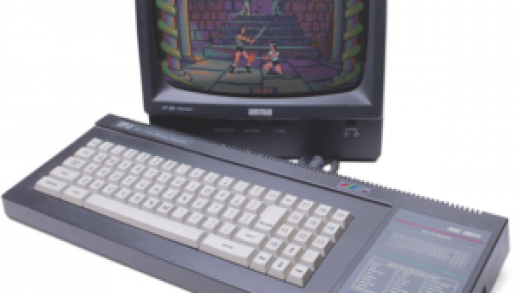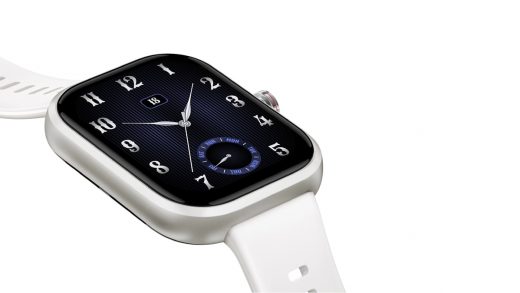
Boeing’s Starliner was supposed to fly its first crewed mission to the International Space Station (ISS) on July 21st, but a couple of technical issues has kept the company from pushing through with its plan. Together with NASA, the aerospace corporation has announced that it’s delaying the CST-100 Starliner spacecraft’s Crew Flight Test date yet again to address the risks presented by two new problems Boeing engineers have detected.
The first issue lies with the spacecraft’s parachute system. Boeing designed the Starliner capsule to float back down to Earth with the help of three parachutes. According to The New York Times, the company discovered that parts of the lines connecting the system to the capsule don’t have the ability to tolerate the spacecraft’s load in case only two of the three parachutes are deployed correctly. Since the capsule will be carrying human passengers back to our planet, the company has to look at every aspect of its spacecraft to ensure their safety as much as possible. Boeing expects to do another parachute testing before it schedules another launch attempt.
In addition to its parachute problem, Boeing is also reassessing the use of a certain tape adhesive to wrap hundreds of feet of wiring. Apparently, the tape could be flammable, so engineers are looking to use another kind of wrapping for areas of the spacecraft with the greatest fire risk.
The Crew Flight Test is the last hurdle the company has to overcome to regularly start ferrying astronauts to the ISS. NASA chose Boeing as one of its commercial crew partners along with SpaceX, but it has fallen behind its peer over the years. The Starliner has completed uncrewed flights in the past as part of the tests it has to go through for crewed missions. But SpaceX already has 10 crewed flights under its belt, with the first one taking place way back in 2020. In addition to taking astronauts to the ISS and bringing human spaceflight back to American soil since the last space shuttle launch in 2011, SpaceX has also flown civilians to space.
That said, NASA and Boeing remain optimistic about Starliner’s future. In a statement, NASA Commercial Crew Program manager Steve Stich said:
“Crew safety remains the highest priority for NASA and its industry providers, and emerging issues are not uncommon in human spaceflight especially during development. If you look back two months ago at the work we had ahead of us, it’s almost all complete. The combined team is resilient and resolute in their goal of flying crew on Starliner as soon as it is safe to do so. If a schedule adjustment needs to be made in the future, then we will certainly do that as we have done before. We will only fly when we are ready.”
All products recommended by Engadget are selected by our editorial team, independent of our parent company. Some of our stories include affiliate links. If you buy something through one of these links, we may earn an affiliate commission. All prices are correct at the time of publishing.


